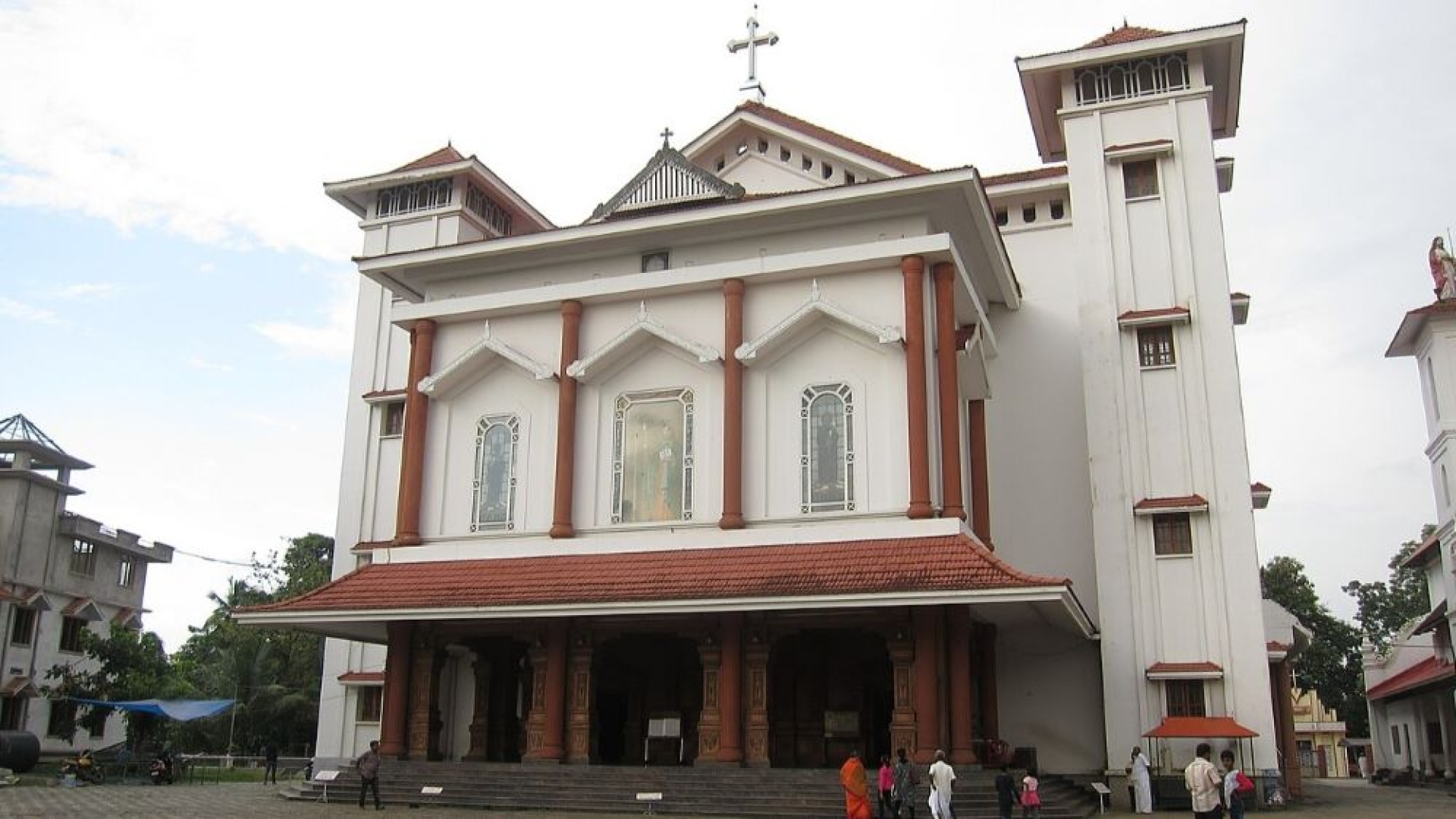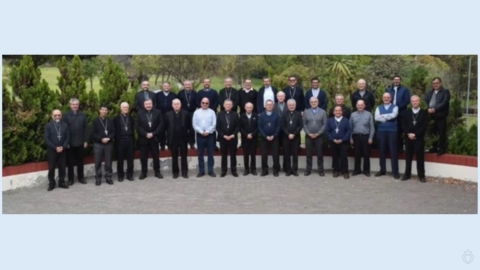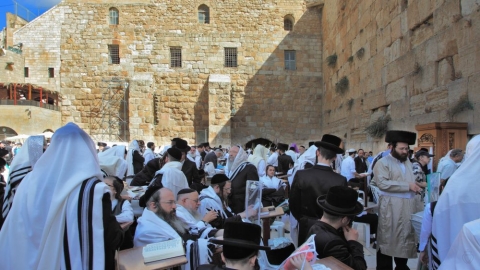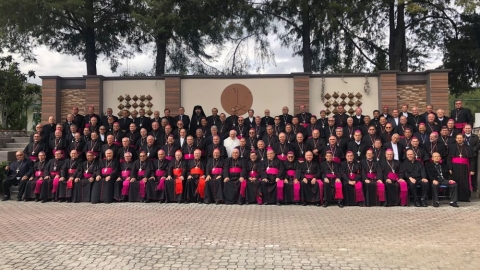Syro-Malabar Church: Is There a Solution to the Conflict in Sight?

St. Thomas Syro-Malabar Church, International Shrine, in Angamaly (India)
The UCA News website published an article on June 21, 2024, on a positive development in the conflict within the Syro-Malabar Church which seems to be moving toward a solution, while tension reached its height at the beginning of the month with the publication of an ultimatum letter threatening objectors to the “uniform” Mass with excommunication starting this July 3.
To review, the dispute is about the celebration of the Mass. According to the oldest tradition, the priest celebrates with his back to the people. But a reform around 60 years old makes him celebrate facing the people. A synod held in August 2021 came to a decision: Mass must be said facing the people during the first half of the Mass, then with the priest’s back to the people after that; this is the “uniform” form.
But, UCA News pointed out, “Most priests and Catholics in the Ernakulam-Angamaly Archdiocese refused to accept the rubrics of the Synod-approved Mass, though other dioceses complied with it.”
A 4-page ultimatum threatened the objectors; as The Pillar reports: “if the archeparchy’s priests failed to celebrate the new liturgy by July 3, they ‘will be considered to have left the communion of the Catholic Church.’
“When the deadline passes, the priests could be deemed to be in schism, which carries a penalty of excommunication, and formally barred from priestly ministry.”
Dissidence Among Bishops
The synod of the Syro-Malabar Church opened on June 14, 2024. It was then that “the dissenting prelates questioned the legality of a June 9 circular threatening to excommunicate priests for refusing to accept the synod-approved Mass,” UCA News reports. These prelates attacked the legality of the ultimatum letter.
On one hand, “They expressed ‘great dismay’ at the clandestine way the circular was issued before discussing it in the scheduled online synod,” which “was convened by Thattil to discuss the liturgy dispute exclusively.” On the other hand, “They also pointed out that it was in total violation of the provisions of canon law.” Their justification is, however, quite particular.
They claim that the circular “smacks of the middle-age culture of the Church.” They continue: “Excommunication is an unheard-of term after the II Vatican Council [sic]. The oriental code of canon law (CCEO) does not envisage automatic excommunication [latae sententiae]. Besides, we should also keep in mind the provisions of Sacramentorum Sanctitatis Tutela (art. 2).”
“However,” UCA News adds, “the prelates clarified that they would not justify the priests’ resistance to implementing the rubric”—the one decided by the synod of 2021. But they ask: “who has masterminded the whole process? [...] Does the Major Archbishop as Father and Head of the Church have any space in such decision-making? Or is he and the Synodal fathers mere witnesses?”
Following this challenge, on June 19, 22 bishops out of 48 present at the online synod (out of a total of 65) supported the dissenting note. “This paved the way to an amicable settlement of the more than five decades-old liturgy dispute,” the UCA News website explains.
Under condition of acceptance by Rome, “The priests in Ernakulam-Angamaly are now allowed to continue with their traditional Mass. However, they will also have to celebrate one Synod-approved uniform mode of Mass on all Sundays in their parishes, the sources told UCA News.”
A priest familiar with tensions in the Catholic community in India believes that it is a matter of a power struggle. This is what is revealed in the UCA News article, which cites the dissenting bishops who think that the Major Archbishop was pressured. Be that as it may, the envisaged solution will make it possible to appease a situation which was ready to seriously degenerate.
Related Article:
(Source : Ucanews – FSSPX.Actualités)
Illustration : Shijan Kaakkara, CC BY-SA 4.0, via Wikimedia Commons





